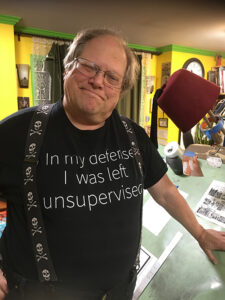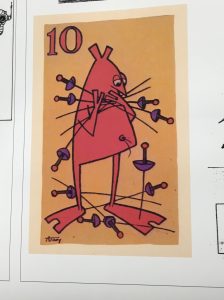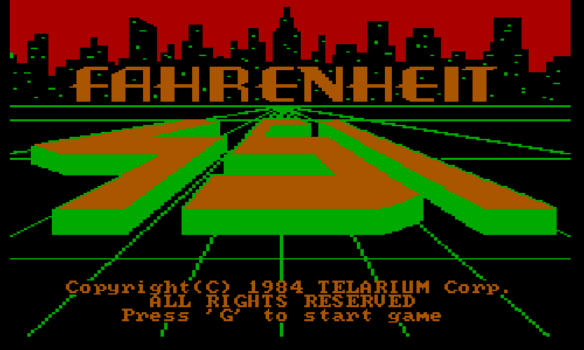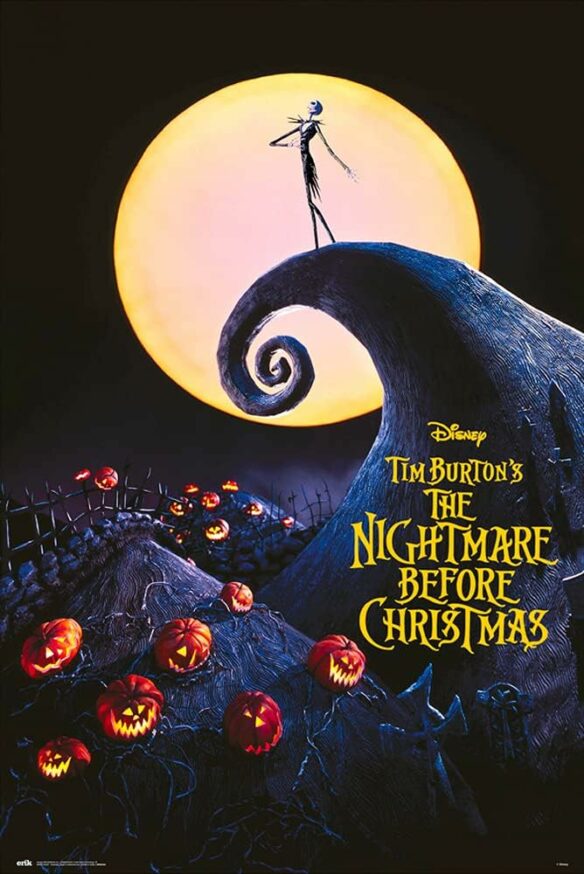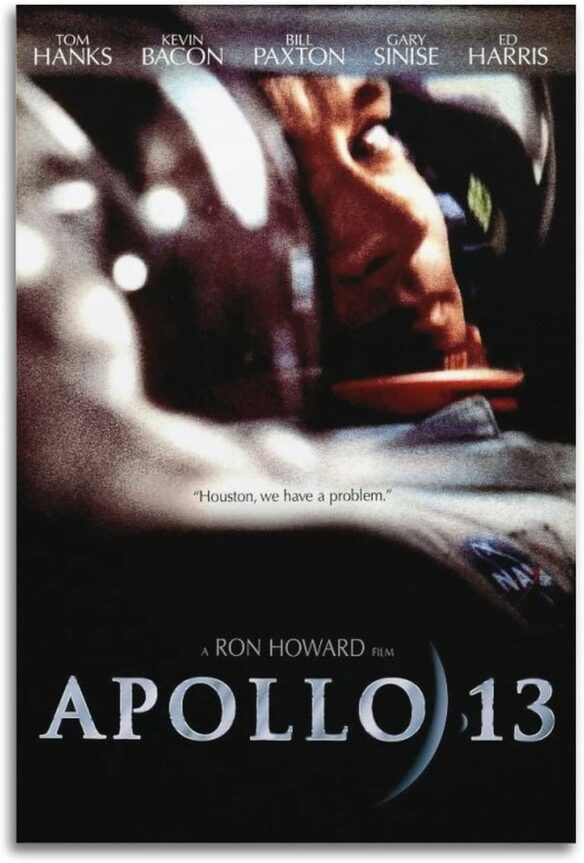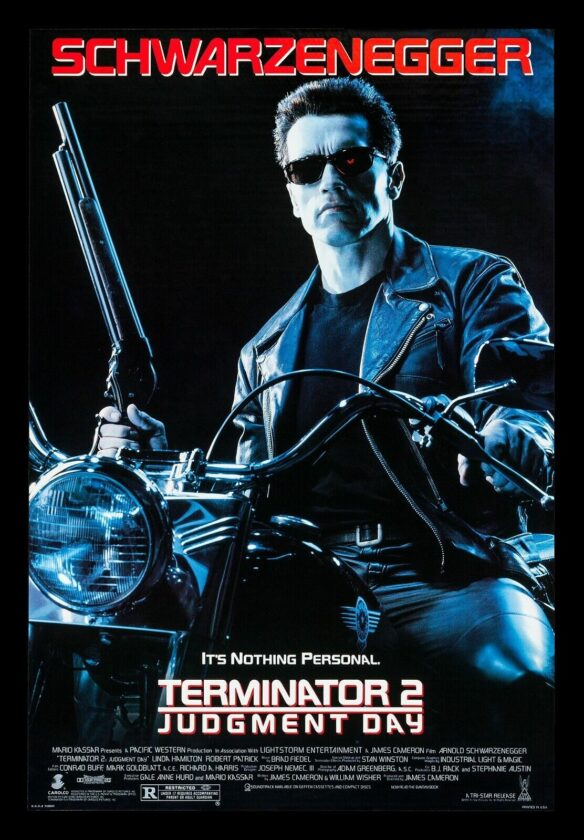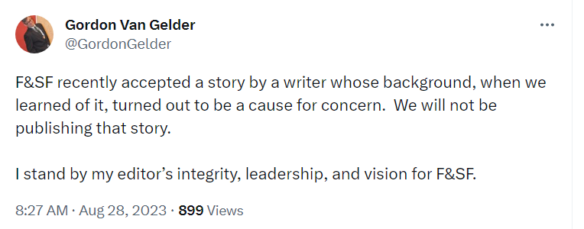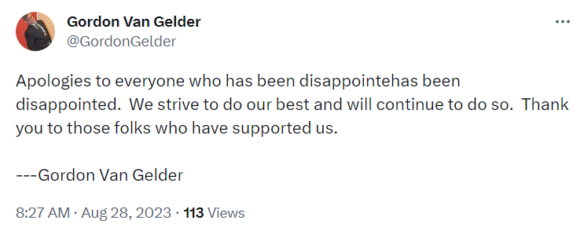Dr. Chuck Tingle told readers today that the Texas Library Association has rescinded his invitation to be a featured speaker at the organization’s annual conference, slated for April 16-19. Another invited speaker, TJ Klune, is following him out the door in protest.

Tingle has discussed the situation extensively in a post on Tumblr and as a free read on his Patreon: “THE TEXAS LIBRARY ASSOCIATION TELLS CHUCK TINGLE TO STAY HOME BUT WE PROVE LOVE ANYWAY”.
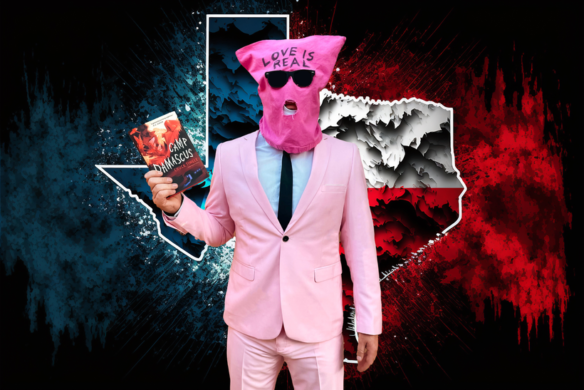
Tingle accepted the invitation and had it confirmed by the Texas Library Association several months ago. However, in December —
i get a call from my manager and agent and publisher saying ‘the TLA have rescinded their invitation.’
turns out some things had been going on behind the scenes
at some point the TLA asked chucks INCREDIBLE HEROIC BAD ASS PUBLISHER if chuck would be okay with not wearing the mask, to which tor/nightfire/macmillan said ‘what the heck are you talking about of course chuck is going to wear his mask. this is how chuck presents himself’ (NOT EXACT QUOTE)
as you all know, my pink bag way is a VERY IMPORTANT SPACE. as an autistic buckaroo it is a boundary that allows me to express myself freely and relieve my chronic pain from neurotypically masking all day. i have talked about this for years, and it is why i consider my private identity a SACRED THING. it is literally a health issue.
fortunately THE PINK BAG is never really a problem when making appearances. i have spent years going on television shows, doing interviews, speaking at other conferences and conventions, hosting book events on tour, and even MEETING WITH LAWYERS in my pink face covering. it is always respected and that is very validating to my way.
when arriving anywhere i always take precautions. i always warn buckaroos ahead of time that there is a masked man coming. i always have someone go in ahead of me JUST IN CASE. again, there has never been an issue. at a big conference where i am a special guest there is ESPECIALLY not an issue because my face and bio are printed IN THE DANG PROGRAM
PART TWO: RESCINDED
a few days ago TEXAS LIBRARY ASSOCIATION suddenly messaged my publishers and said that chuck tingle is no longer invited. my invitation was rescinded. the reason given was that people could possibly be uncomfortable with my mask
right out of the gate i would like to say this: it is absolutely the right of the texas library association to disinvite someone from their conference. it is their event, after all, and they can ban anyone they would like, for any reason.
of course, that doesnt mean other folks HEARING THIS NEWS wont have their own opinions the TLA choices. if the TLA disinvites someone, their reasoning for doing this can be discussed and analyzed. whether or not they follow their own guidelines can be questioned, and certainly their kindness and tact can be considered
As Tingle explains later in his post, the decision to revoke his invitation was made by the organization based on their unwillingness to host a masked speaker, not because of complaints from TLA members or the public (in contrast with the “disinvitations” tendered sff writers like Larry Correia and John Ringo after some members of an event where they were announced as guests of honor protested in social media.)
Tingle justifiably notes, “I just gotta say buckaroos, it is incredibly rude to invite someone to be a guest speaker at your event, have them confirm and mark off their calendar and turn down other offers, then rescind their invitation. this is maybe the simplest of the points, but it is an important one.”
He goes on to ask why his means of coping with neurodivergence would not be honored by the TLA when it is a practice he follows at every public appearance.
second, (DEEP BREATH HERE WE GO BUCKAROOS) i personally do not think of my autism as a disability very often, but i also KNOW that despite these feelings it ABSOLUTELY IS. autism is important to be listed as a recognized disability because of the help some autistic buckaroos need regarding government programs and things like that. ALSO just because my neurodivergence has helped me in some ways (hyperfocus and a unique artistic sensibility for example). i personally need to step back and remember my battle with stress and chronic pain from having to neurotypically mask all the time. for as much as i love being autistic it has made some things very difficult.
in other words, i am perfectly capable of speaking and interacting with folks without this pink bag on my head BUT WHEN I AM IN THE CHUCK TINGLE SPACE I REQUIRE IT. i can ONLY use this space while covering my face. is not a want. it is a need. holding this boundary is more important than i can ever say. i will not, and can not, let these spaces cross.
TLA not letting an autistic author wear the face cover theyve set up to express their neurodivergence in a safe, healthy way is–for lack of a better term–NOT A GOOD LOOK…
Meanwhile, Tingle wonders whether the objection to his mask is a stalking horse for objections to his queerness or political expression.
you MIGHT think chucks queerness and left leaning politics could be the issue with this organization, but they have had drag queens as past speakers (also featuring some GLORIOUS makeup and hair that covers almost all of their faces. VERY CURIOUS). regardless, the TLA do not seem like a conservative bunch.
if you are bisexual or an autistic person who is good at ‘passing’ you probably already know where this is headed, your dang spiderbuckaroo senses are tingling at FULL ALERT. i will say i do not KNOW the real reason why i was uninvited, and i do not have enough information to make any concrete statement of the real answer. there is only evidence that masks have been fine at TEXAS LIBRARY ASSOCIATION events in the past, but not much else to go on.
He also feels forced to consider another possibility:
… AGAIN, i do not know if this is the answer, but someone in my position might be VERY STRONGLY INCLINED TO THINK that a few well-meaning left leaning buckaroos think i am a joke and that this is a character, and that there is something problematic about my work because i am not really a real person.
any upstanding left leaning organization would OF COURSE allow a mask for a neurodivergent buckaroo with an unusual visual presentation, an autistic buckaroo who conquered his chronic pain ONLY by creating this important space… but what about a FAKE autistic buckaroo?
any upstanding left leaning organization would OF COURSE allow a mask for a queer LGBTQ activist standing up for gay and trans rights against a torrent of scoundrels hunting for his legal identity. its a matter of safety… but what about a FAKE queer activist?
let me be very clear for the 100th time: i am a real person. this is not a joke. i am not playing a character. i am really autistic and bisexual. tinglers are sincere and they are not ‘so bad theyre good’. they are just good. camp damascus is not ‘my first serious book’ because my queer erotica is serious. my art is important and real….
Tingle concludes:
i did not want to spend my whole family holiday worrying whether or not i should say something publicly or just lie down and shut my dang mouth. i had to consider HOW i should say it. i had to worry whether or not its worth standing up for myself in the face of the largest state library association in the country. i think buckaroos with differences are with me when i say: WE ARE SICK OF HAVING TO DO THIS WORK TO COVER FOR THE POOR BEHAVIOR OF LARGE ORGANIZATIONS WHO TREAT US BADLY
another option would just be to use kindness and common sense and happily accommodate artists with unique presentations to your conventions
Upon hearing about Tingle’s fate, sff author TJ Klune, who had also been invited to participate on a panel with Tingle at the TLA annual conference, turned down his own invitation.

And Tingle expressed thanks for the support:


